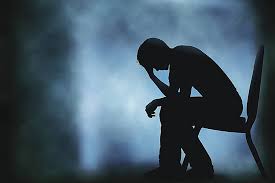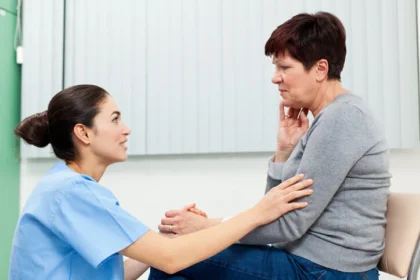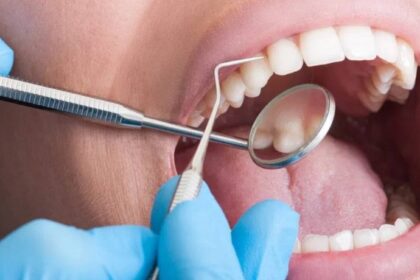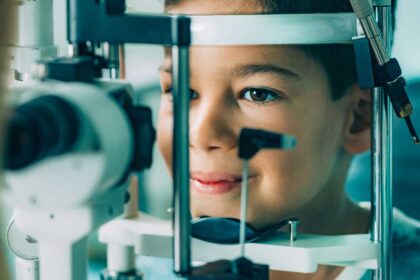Everyone experiences sadness at some point in life—after a loss, disappointment, or major life event. However, depression is a serious mental health disorder that goes beyond everyday feelings of sorrow. Understanding the distinction between sadness and clinical depression is essential for proper care, support, and recovery.
This article explores their differences in depth, including causes, symptoms, duration, and treatment options.
What Is Sadness?
The Nature of Sadness
Sadness is a normal human emotion that arises in response to difficult situations. It is temporary, usually fading as circumstances change or with emotional support.
Common Causes of Sadness
- Losing a loved one
- Facing rejection or failure
- Experiencing a breakup or divorce
- Disappointment in personal goals
- Watching or reading something emotional
Characteristics of Sadness
- Temporary in nature
- Triggered by specific events
- Allows the person to still experience moments of joy
- Typically improves with time, distraction, or support
What Is Depression?
The Nature of Depression
Depression, or Major Depressive Disorder (MDD), is a mental health condition that affects a person’s emotions, thoughts, behaviors, and physical health. It persists for weeks or months and can severely disrupt daily life.
Common Causes of Depression
- Genetic predisposition
- Chemical imbalances in the brain (e.g., serotonin, dopamine)
- Traumatic life experiences
- Chronic stress
- Hormonal changes (e.g., postpartum depression)
Symptoms of Depression
| Emotional | Physical | Behavioral |
|---|---|---|
| Persistent sadness | Fatigue and low energy | Social withdrawal |
| Feelings of hopelessness | Sleep disturbances | Loss of interest in activities |
| Worthlessness or guilt | Changes in appetite | Neglecting responsibilities |
| Irritability or anger | Aches and pains | Substance abuse in some cases |
Key Differences Between Depression and Sadness
1. Duration and Intensity
- Sadness: Lasts a few hours or days; mild to moderate intensity.
- Depression: Persists for weeks or months; severe and overwhelming.
2. Triggers
- Sadness: Triggered by specific events (e.g., breakup, job loss).
- Depression: May develop without any clear cause or linger after events have passed.
3. Daily Functioning
- Sadness: Individuals can still work, socialize, and perform daily tasks.
- Depression: Impacts ability to work, concentrate, or even get out of bed.
4. Physical and Cognitive Symptoms
- Sadness: Rarely causes physical symptoms.
- Depression: Leads to fatigue, body pain, sleep and appetite changes, and cognitive slowing.
5. Response to Support
- Sadness: Improves with emotional support or engaging in enjoyable activities.
- Depression: May not respond to social interaction; often requires professional help.
How to Know If It’s Depression or Just Sadness
Ask Yourself These Questions
- Have I felt this way for more than two weeks?
- Is this feeling affecting my work, relationships, or routine?
- Do I feel hopeless, empty, or numb most of the day?
- Have I lost interest in things I once enjoyed?
- Do I have trouble sleeping, eating, or concentrating?
If you answered “yes” to several of these questions, it could be depression, not just sadness.
Why It’s Important to Distinguish the Two
Misunderstanding the difference can:
- Delay proper treatment
- Increase emotional isolation
- Lead to worsening symptoms
- Cause a person to blame themselves for not “snapping out of it”
Correctly identifying depression allows individuals to seek the right support and treatment early.
How to Cope with Sadness
Healthy Coping Mechanisms
- Talking to a friend or family member
- Expressing emotions through journaling or art
- Engaging in physical activity or hobbies
- Practicing mindfulness or prayer
- Getting adequate sleep and rest
Treatment Options for Depression
1. Psychotherapy
- Cognitive Behavioral Therapy (CBT)
- Interpersonal Therapy (IPT)
- Dialectical Behavior Therapy (DBT)
2. Medications
- Antidepressants such as SSRIs or SNRIs
- Must be prescribed by a qualified doctor or psychiatrist
3. Lifestyle Changes
- Regular exercise
- Healthy diet
- Limiting alcohol and caffeine
- Structured daily routines
4. Support Groups and Helplines
- Peer support can be encouraging
- Crisis lines provide immediate assistance
Conclusion
While sadness is a normal emotion, depression is a serious mental illness that requires awareness, compassion, and often professional care. Recognizing the differences between the two can lead to better emotional health and timely intervention. If you or someone you know might be suffering from depression, don’t hesitate to reach out for help—it can be life-changing.
8 Frequently Asked Questions (FAQs)
1. How long does sadness usually last?
Sadness is temporary and usually fades within a few hours or days, especially with support.
2. Can sadness turn into depression?
Yes, if sadness is prolonged or left unaddressed, it can evolve into depression, especially in vulnerable individuals.
3. Is crying a sign of depression?
Crying can be a symptom of both sadness and depression. However, frequent, unexplained crying might indicate depression.
4. Can someone be depressed and not look sad?
Yes. Some people hide their depression well, showing a smiling or functioning facade while suffering internally.
5. Do antidepressants cure depression?
Antidepressants help manage symptoms but are most effective when combined with therapy and lifestyle changes.
6. When should I seek help for depression?
If your mood affects your daily life for more than two weeks or you feel hopeless, it’s time to seek professional help.
7. Is depression just a sign of weakness?
Absolutely not. Depression is a medical condition, not a character flaw or weakness.
8. Can I manage depression without medication?
In some cases, yes—through therapy, lifestyle changes, and support—but severe depression may require medication as well.









